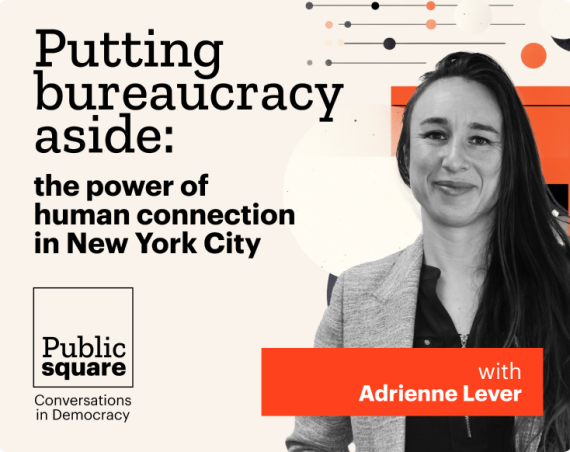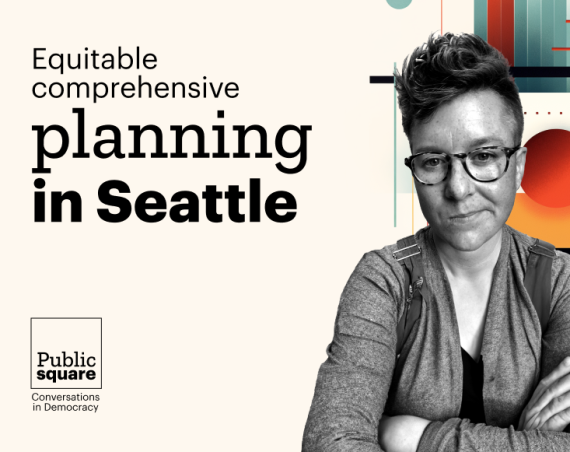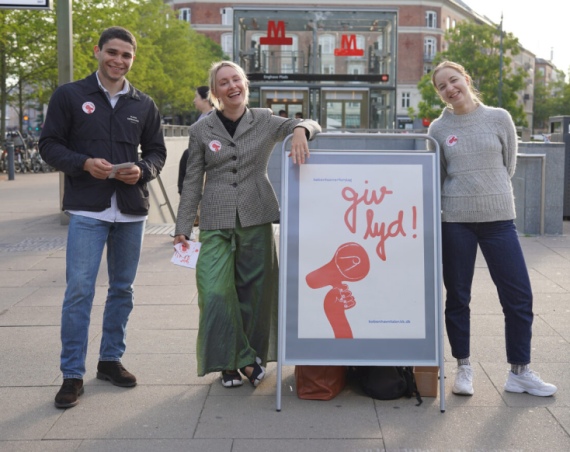The reason why so many cities and municipalities use digital platforms? A decision-maker always strives for the greatest possible transparency, inclusiveness and responsiveness.
This is not only the case for daily political work in the field, in the municipal council or in other administrative bodies, but also online.
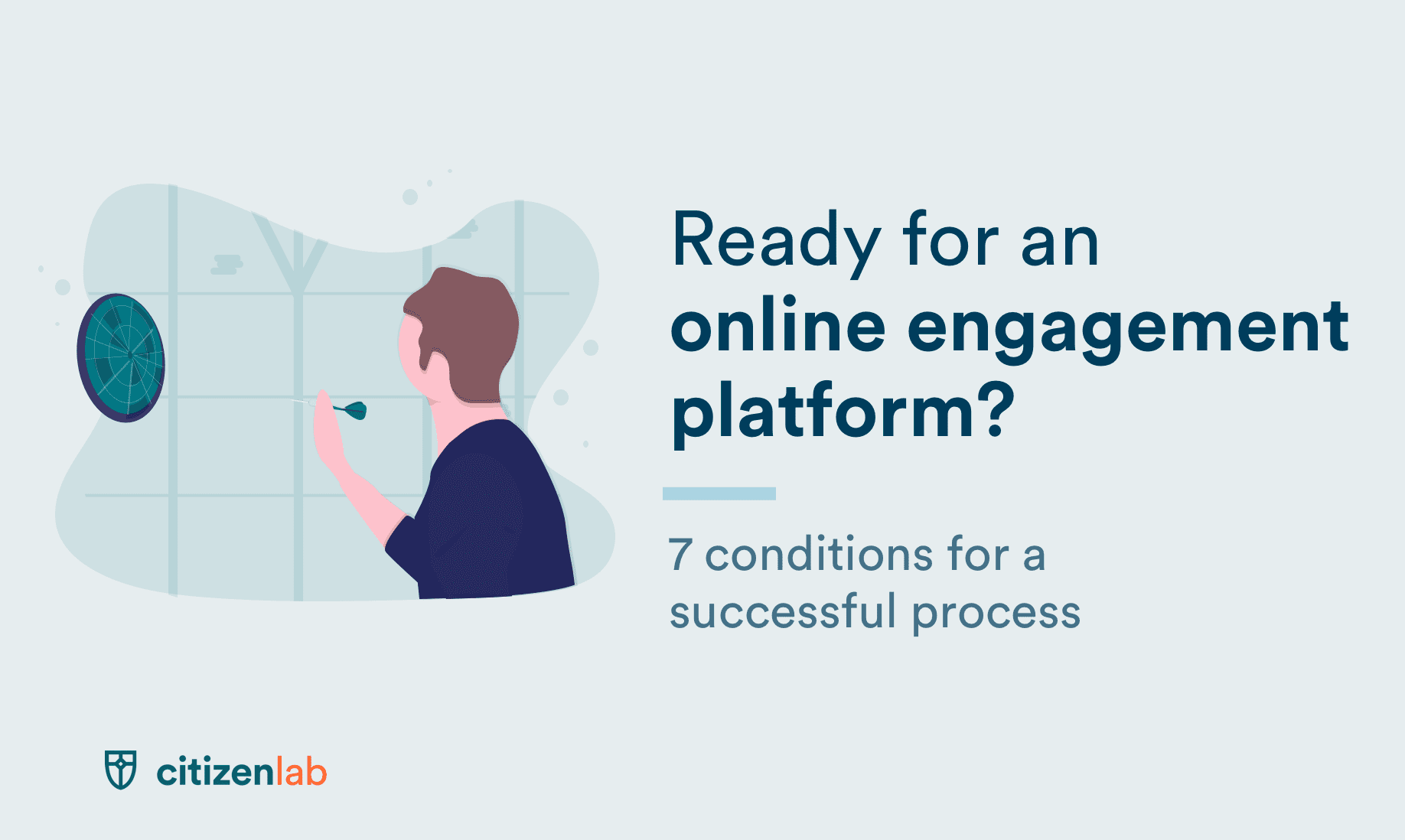
Politicians usually have their own Facebook page and are also given space in the online communication channels of their city or municipality (social media, newsletter, website, etc.). But they also need a place where they can engage in politics online and in a structured and transparent way, where they can interact with their citizens and target audience.
Such a new political space does meet a number of conditions. CitizenLab lists the 7 most important ones here.
1 – Formulate your objective in concrete terms
2 – Communicate clearly and provide all information
3 – Interact and give feedback
4 – Determine the right thresholds
5 – Embed your process in your broad communication strategy in
6 – Link with what happens in the field
7 – Build in continuity
Please read below for each condition you should pay attention to. So don’t start an online participation process if you can’t meet these conditions.
1 – Formulate your objectives in concrete terms
When organising participation, tell why and what you want to achieve. Explain what the rules of the game are. Is there a concrete decision you can refer to? Is there a budget available?

Formalise your route and ensure political backup. How will the results be translated into policy? Formulate a clear answer to these questions before you get started. Even if this is not always possible immediately, communicate what you can. The formulation can still change throughout the process. But you don’t build a house on loose sand. No participation without purpose or process.
The fact that certain decisions have already been made need not be a problem. Just define the boundaries of what you can participate in.
2 – Communicate clearly and provide all information
Make sure it is clear who should participate and adapt your message to the target group. Also make clear who is responsible and who is at the controls. By communicating this clearly from the start, you can sharpen expectations, both among citizens, but also among colleagues, civil servants and politicians, who also want to know clearly what their role is.

The elected do indeed have the last word. They organise and monitor the deliberative process. They take the decision if there is no consensus. A final decision can also deviate from the results of a process. Again, as long as there is clear communication about it, even when, for example, an outcome is ignored.
Use low-threshold and visual means of communication, such as a timeline or infographics. When is input possible, when is it no longer possible? When are the results passed on and to whom? When are the results put on the agenda of department heads or the city council, … ?
3 – Interact and give feedback
Make sure that there is a so-called ‘feedback loop’ built into your process. Let people know when you are going to give feedback, or when a reaction can be expected. Let your target audience know as soon as possible what happens with their input. No interaction = no participation

Is an idea inadmissible or relevant? If someone responded next to the issue or inappropriate, let this be known. These kinds of automatic mechanisms are built into a good digital platform.
Inform your target audience when your process enters a new phase. This communication can be in the hands of a neutral moderator (offline and/or online). Someone who does not have to defend interests can much more easily transcend the contradictions and create a positive and constructive climate.
4 – Embed your process in a broader communication strategy
Launching a platform is one thing, but communicating its existence is another. This requires the expertise and time investment of a communication service, or of the organisations or services that know the target group well.
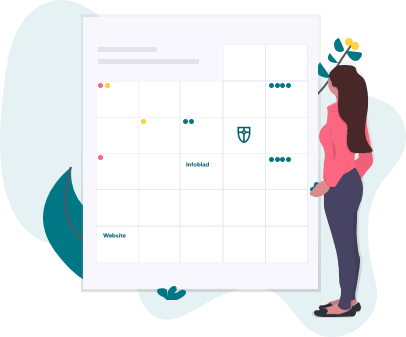
Communication is tailor-made. Sometimes a residents’ meeting works better, sometimes an online survey. Look for the right combination, draw up a plan from the start and adjust when necessary.
5 – Determine the right thresholds
Being approachable does not mean that you have to consider all input relevant. By building in thresholds (for and against votes, clustering of similar input, proposals with a clear behaviour, etc.) you can help determine what your process can and cannot deal with.

An online tool will automatically filter out poorly worked out, irrelevant or perhaps even offensive input. This is necessary to monitor your quality.
Invest in clustering and analysing the input. You can do this manually, but the advantage of a good online tool is that it can largely be done automatically.
6 – Link with what’s happening in the field
Online participation goes hand in hand with the efforts that are being made in the field. A lot of communication and interaction with residents will keep on happening offline, in the field. Rarely will an online process alone suffice, just like an offline meeting alone does not always reach the intended target group.

Be sure to announce real-life activities on the online platform. Has something been said at a city council or in a committee? Share this information online. Can’t you do everything yourself? Citizen groups, advisory boards or other intermediary organisations can be important hubs, especially on an online platform. This interdependence makes your process more inclusive and more engaging.
Import ideas from an information evening onto the online platform, so that absentees can participate in discussions, can vote or comment. Face-to-face meetings often have a major impact on social cohesion, but also on the quality of the results of your process: people listen more easily when they meet physically.
7 – Build in continuity
The person you wanted to reach with your announcement or message was perhaps just looking to the other side or being distracted when he/she was reading your call. So build in continuity! Feel free to post a call 3 or even 5 times. Don’t just contact your target group at the startup phase.
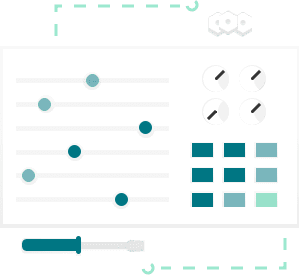
Therefore communicate at every relevant moment of interaction: at the launch of your online process, about the start of projects, but also when you have feedback on final decisions and results. Repeat your message regularly and work out your strategy in the long term. And don’t be afraid to refine your message or call to action throughout the process.

